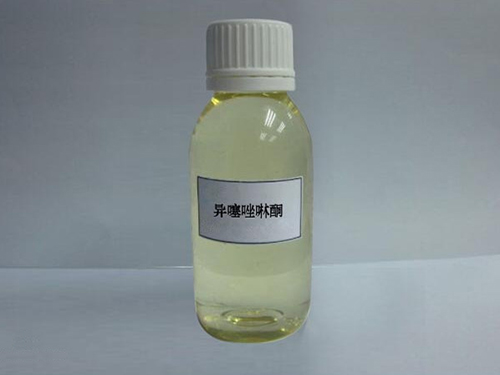Polymer-based Aluminium Chloride for Efficient Water Purification Solutions and Treatment Processes
Poly Aluminium Chloride for Water Treatment An Overview
Water treatment is an essential process for providing clean and safe drinking water, as well as for the management of wastewater. With the increasing demand for high-quality water, various coagulants and flocculants have been developed, among which Poly Aluminium Chloride (PAC) has gained significant attention due to its efficiency and effectiveness. This article explores the properties, applications, advantages, and environmental considerations associated with Poly Aluminium Chloride in water treatment.
What is Poly Aluminium Chloride?
Poly Aluminium Chloride is an inorganic compound formed by the polymerization of aluminium chloride. It is commonly available as a white or yellow powder and is soluble in water. The structure of PAC allows it to have a high charge density, which enhances its coagulation properties, making it particularly effective in removing turbidity and organic matter from water bodies.
Applications in Water Treatment
PAC is widely used in various water treatment processes, both in potable water preparation and sewage treatment. In drinking water facilities, PAC assists in the coagulation and flocculation processes, where impurities and suspended solids are aggregated into larger particles (flocs) that can be easily removed through sedimentation and filtration. In wastewater treatment, PAC helps to precipitate contaminants, heavy metals, and phosphates, thereby improving the quality of the effluent before discharge.
Moreover, PAC is also employed in industrial applications, such as in the paper and textile industries, where water quality is critical for production processes. Its effectiveness in removing dyes and other pollutants makes it a preferred choice in these sectors.
Advantages of Using PAC
poly aluminium chloride for water treatment

One of the primary advantages of Poly Aluminium Chloride is its superior performance compared to traditional coagulants such as aluminium sulfate. PAC operates efficiently across a wide pH range and produces more rapid settling of flocs, resulting in reduced sludge volume and lower overall chemical consumption. Additionally, PAC generates less residual aluminium in treated water, which is crucial for health and environmental safety.
Another benefit is its versatility; PAC can be formulated in various grades to meet specific treatment needs. This adaptability makes it suitable for different water qualities, from surface water to groundwater, enhancing its utility across various geographical locations and conditions.
Environmental Considerations
Despite the advantages, the use of PAC in water treatment requires careful consideration of environmental impacts. The primary concern revolves around the residual aluminium left in treated water, which has been scrutinized for its potential health risks. Continuous studies are being conducted to establish safe limits for aluminium concentration in drinking water to mitigate any associated risks.
Furthermore, while PAC is generally viewed as non-toxic and environmentally friendly, the production and application processes must be monitored to ensure that other chemical emissions don't adversely affect aquatic life. Responsible sourcing and proper application techniques can help minimize any negative environmental effects.
Conclusion
Poly Aluminium Chloride has emerged as a frontrunner in water treatment processes due to its effective coagulation properties, rapid action, and versatility. As the world grapples with water scarcity and contamination issues, the importance of reliable and efficient water treatment solutions cannot be overstated. PAC represents a significant advancement in this field, providing a balance between performance and safety.
As research progresses in understanding the long-term effects of PAC use and its environmental footprint, it will continue to play a pivotal role in ensuring access to clean and safe water for communities worldwide. Emphasizing sustainable practices while adopting modern treatment technologies will be key to optimizing water treatment processes and preserving aquatic ecosystems.
-
Water Treatment with Flocculant Water TreatmentNewsJun.12,2025
-
Polymaleic AnhydrideNewsJun.12,2025
-
Polyaspartic AcidNewsJun.12,2025
-
Enhance Industrial Processes with IsothiazolinonesNewsJun.12,2025
-
Enhance Industrial Processes with PBTCA SolutionsNewsJun.12,2025
-
Dodecyldimethylbenzylammonium Chloride SolutionsNewsJun.12,2025





